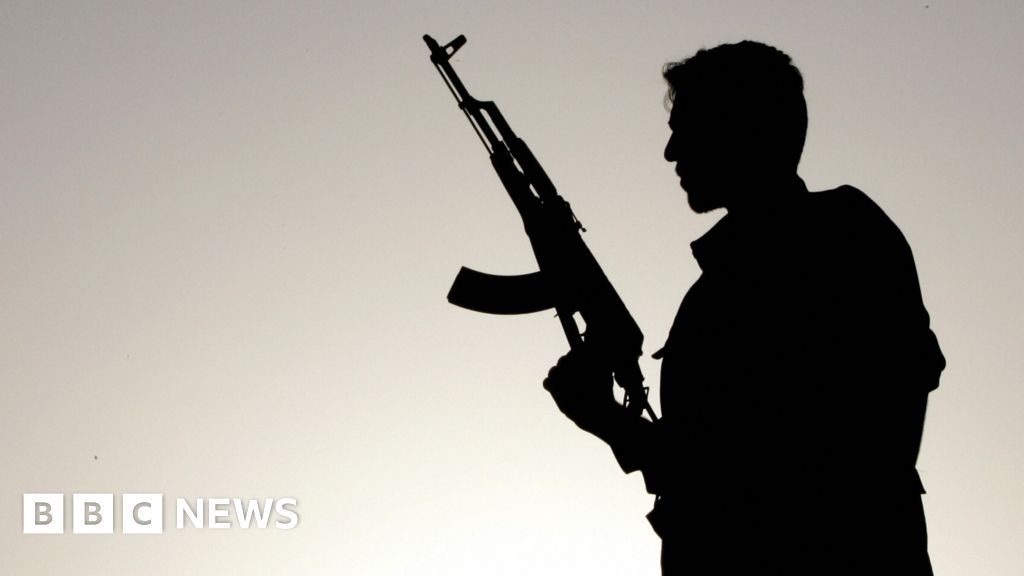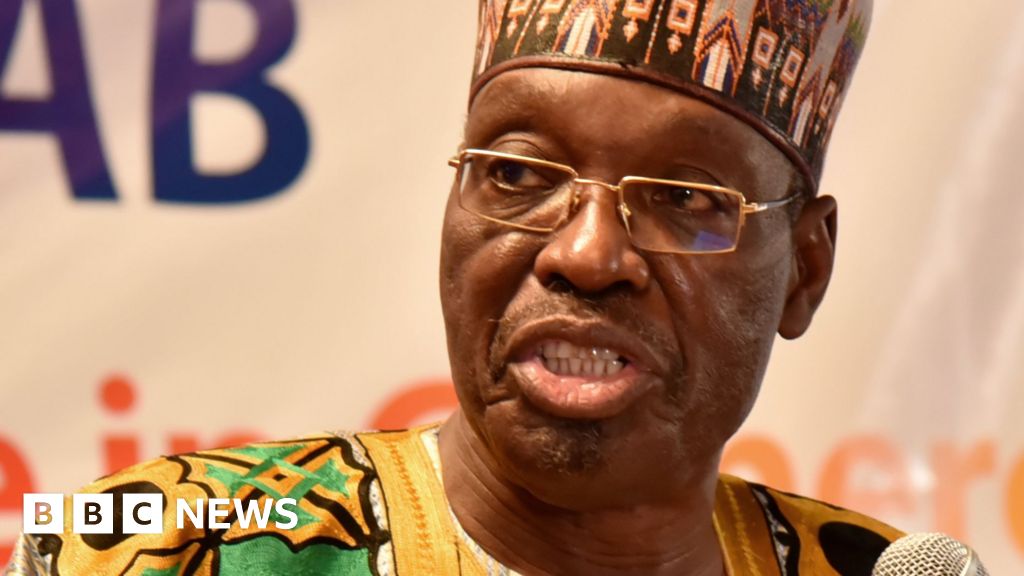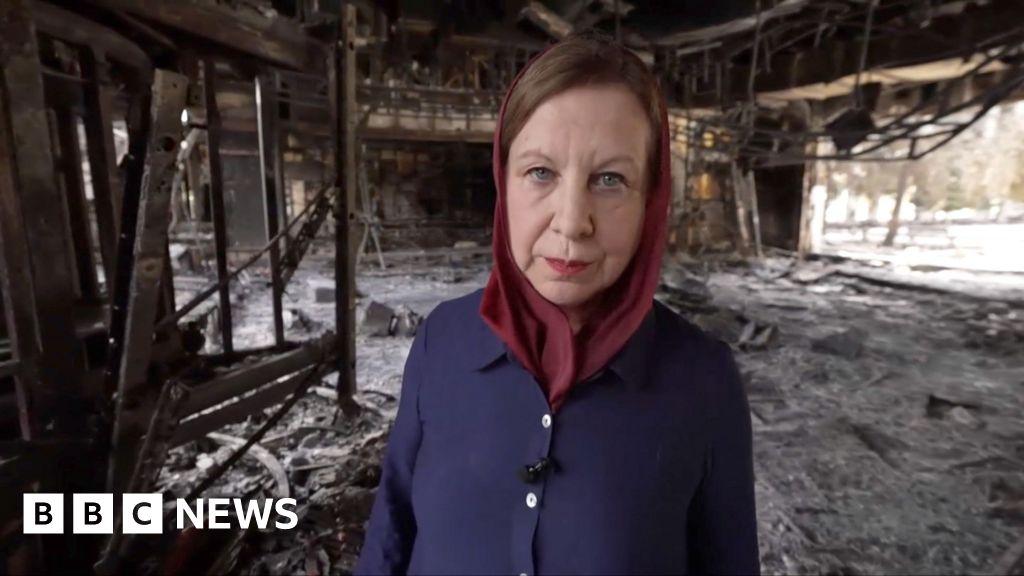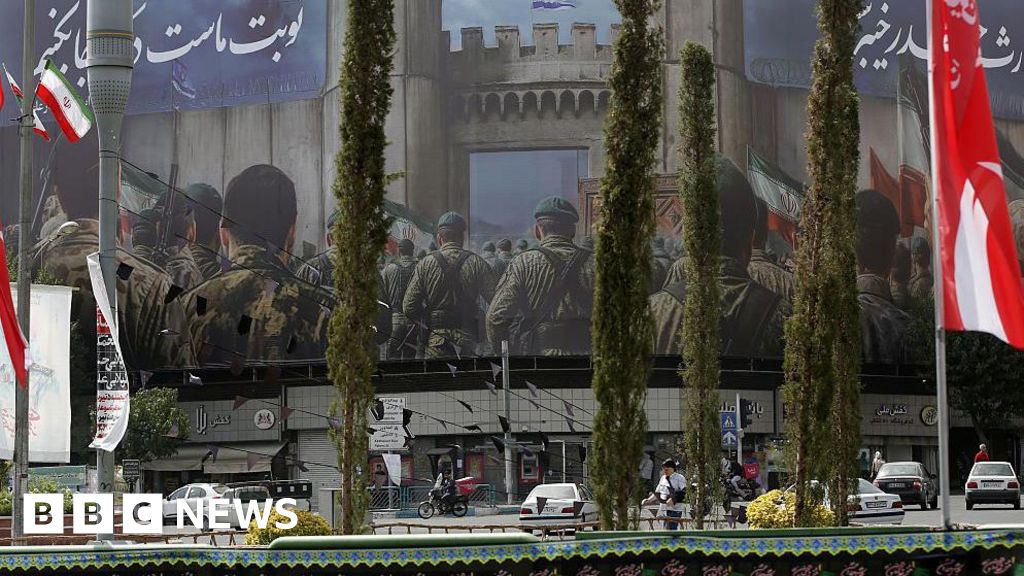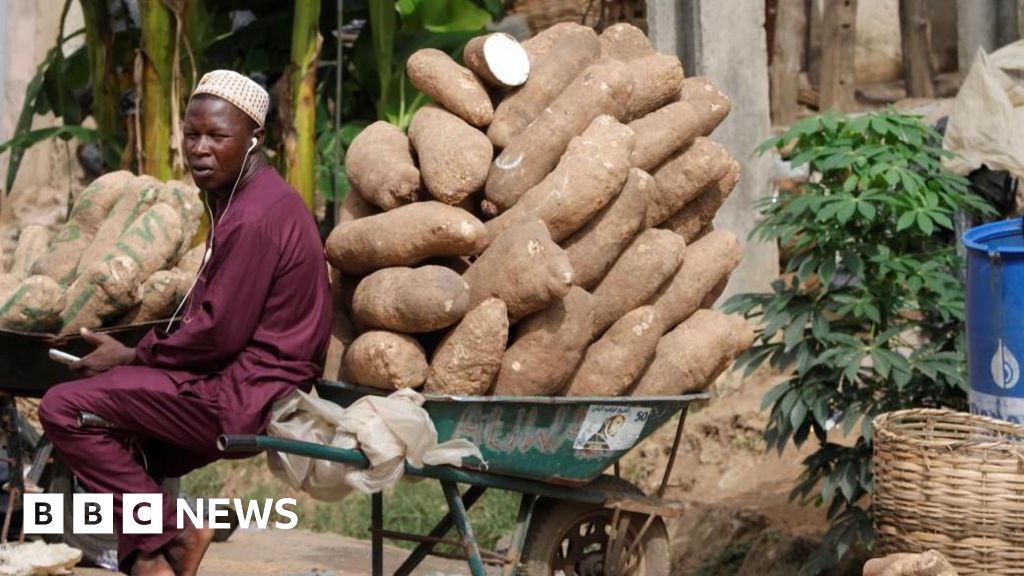The worry is running deep in the parts of Kashmir and the rest of India that are in range of Pakistani weapons — and beyond them, too.
The India-administered region of Jammu and Kashmir has been under artillery bombardment by Pakistan since earlier this week. A broader swath of India, from Kashmir in the north to the desert towns of Jaisalmer and Bhuj in the west, are said to be within range of Pakistani drone and missile attacks.
In Poonch, in the India-governed part of Kashmir, six miles from the “line of control” with the Pakistani part, Narinder Singh, a retired school principal, said that 13 people had been killed since India launched Operation Sindoor, aimed at avenging the victims of the terrorist attack in Kashmir on April 22.
Pakistani shells have fallen on the Poonch district before, Mr. Singh said, but he noted, “This kind of shelling never has never taken place in Poonch town.” Five of his neighbors have been killed by shrapnel in the past three days, he added. “I don’t remember that kind of shelling even during the 1971 war.”
Mr. Singh said that the market in his town had closed and that very few people were in the streets. “Only some medical and grocery shops are open,” he said. By Friday though, the shelling had intensified again, he said, and so had the sense of fear. During the later bombardments, he added, “No one was killed, because people had moved to safer houses and learned better how to stay safe.”
In bigger cities of the northern Indian plains, 12 of which government officials said were the targets of Pakistani drone and missile attacks on Wednesday night, it also seemed that no one had been harmed. The sense of fear is real but vague, fed by a nationalistic press and social media.
In the northern Indian city of Gwalior, which is home to an air base, a civilian hospital had painted its rooftop with a red cross on a white field. Blackouts farther north, in Chandigarh, another city with a big military presence, were intended to protect sites from aerial attack. The measures have left Neha Chaudhary, a housewife, wondering what to tell her two sons.
“A sense of stress has crept into them,” she said.
Ajay Sharma, a physiotherapist in Jaipur, capital of Rajasthan State, which shares a 665-mile border with Pakistan, said “I have been stocking up on rations like rice and lentils and flour. I have withdrawn cash from banks.”
Families in New Delhi, 220 miles from the border, are doing the same — and keeping their gas tanks filled, too. In response to the anxiety, India’s national oil company posted that its reserves were sufficient and that there was “no need for panic buying.”
Technology has changed perceptions of risk since the 1971 war between India and Pakistan, and even since the countries’ high-intensity clash in Kashmir in 1999. Then, the two countries’ nuclear arsenals were new. And the news media was relatively contained, too. Now, the flow of information — and disinformation — is constant.
And though the possibility of escalation remains as untested as it was 26 years ago, the fact that both sides have access to nuclear weapons has become strangely familiar.
“Although we have full faith in our army, one cannot predict what will happen, given the circumstances,” Dr. Sharma, the physiotherapist in Jaipur, said. “There is a sense of panic.”
Source link
